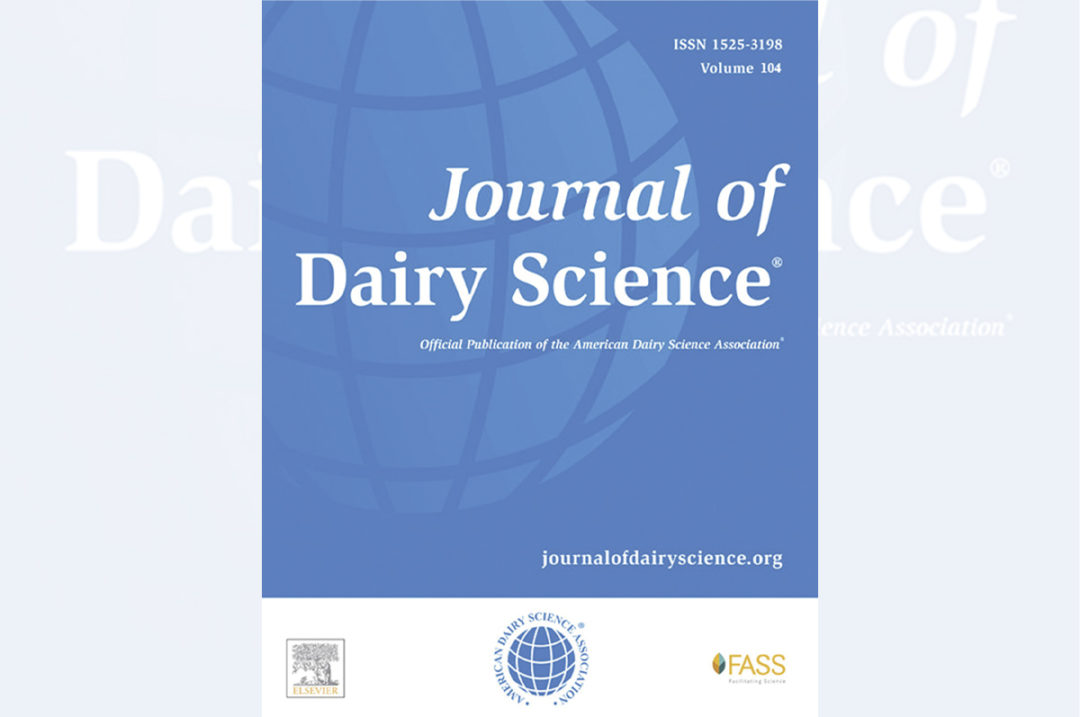This article, written by researchers from the University of Minnesota and a consulting firm from Guelph, Ontario, tried to address the perceptions of lameness, perceptions of roles in lameness management and barriers to improved lameness management within the groups of farmers, veterinarians and hoof trimmers. The authors refer that, although lameness is a leading animal welfare concern in the dairy industry, there is not always the best communication among the above-mentioned stakeholders in what concerns lameness management in the dairy farm. This study, through facilitated one-hour discussions, identified some aspects that can improve collaboration among farmers, hoof trimmers and veterinarians to improve lameness management on dairy farms.
There is increasing interest in understanding the psychology and experiences of key stakeholders as they choose to adopt or recommend disease management strategies on dairy farms. The reason for this, the authors say, is that the most meticulous disease control and prevention strategies are of little use if stakeholders do not implement or support them and, therefore, it is important to understand the barriers faced by farmers and farm advisers as they make cow health and welfare decisions. The authors say farmers, ultimately, make the management, financial and ethical decisions for their farms and that researchers are increasingly directing attention to farmer motivations and barriers in lameness management. As an example, they cite a study that found farmers were motivated by the pain and suffering of lame cows and pride in a healthy herd, and that farmers reported lack of time and labour as important barriers to implementing lameness management practices. Other reported barriers included a lack of necessary equipment, knowledge or training. On the other hand, the authors refer veterinarians and hoof trimmers are also of interest for understanding lameness management, as they often take on advisory or supportive roles.
The conclusions of this study were that dairy farmers, hoof trimmers and veterinarians who participated viewed lameness as a highly complex health problem and management challenge. Some of this complexity is related to the fact that the connections among pathogenesis, facilities and management are not always well understood or easy to change, and that there is often a lack of agreement on a definition of lameness, normalization to its signs and the interconnectedness of lameness with other health and management issues. The authors say these issues appeared to contribute to resignation by participants that lameness was inevitable. They also concluded that, despite shared concerns about lameness among these groups, respondents reported a lack of communication, especially between hoof trimmers and veterinarians. Participants voiced a desire to work together more productively, with hoof trimmers and veterinarians valuing the ability to deliver a consistent message to farmers. The authors say these findings suggest that increasing farmer, hoof trimmer and veterinarian communication and collaboration in making decisions may help achieve improvements in lameness management.
“Effects of calfhood respiratory disease on health and performance of dairy cattle: A systematic review and meta-analysis.” Journal of Dairy Science Vol. 104, No. 7, 2021. This article, from Canadian and French researchers, reviewed the scientific literature on the effects of calfhood bovine respiratory disease (BRD) on health and performance of dairy cattle, especially its short- and long-term effects. For this, the authors selected only studies reporting naturally occurring BRD cases from birth to 12 months old in dairy calves in Europe and North America. The study evaluated four outcomes: odds of mortality, odds of herd removal before calving, average daily gain (ADG) and milk production during first lactation.
The authors, citing several other authors, explain that bovine respiratory disease is one of the most common infectious diseases of dairy calves in North America and Europe. They say the disease is caused by both viruses and bacteria, and that it occurs predominantly before 6 months old when maternally transmitted passive immunity vanishes or when respiratory defences are weakened by stressors. They refer that BRD causes substantial economic losses for individual dairy farms, as well as for the dairy industry. The overall costs of calfhood BRD are associated with the immediate cost of treating the disease and the negative effects of BRD on health and performance. Treatment costs include pharmaceuticals and labour, and effects on health and performance include, among others, increased mortality, increased premature culling, increased age at first calving, reduced ADG and reduced milk production in first lactation. The authors say that data on health and performance, especially short- and long-term effects of calfhood BRD, are scarce but that it’s important to have a better understanding of the overall economic losses associated with BRD to decide which BRD preventative measures should be implemented on dairy farms.
The authors indicate that among outcomes for which a summary effect was obtained, short-term effects of BRD (i.e., mortality and ADG) were likely more accurately estimated than long-term effects (i.e., odds of herd removal before the first calving and milk production during the first lactation). They explain that mortality and reduced ADG are direct consequences of BRD, whereas odds of herd removal before the first calving and milk production depend on other factors, such as the producer’s decision (i.e., selling, culling, breeding decision), fertility, ADG and age at first calving. They provide, as an example, a reduced ADG in a heifer diagnosed with calfhood BRD could lead to a decision to not breed her at 15 months old or to cull/sell her after only one or two unsuccessful breeding attempts, and thus could directly affect the odds of herd removal before the first calving. Moreover, long-term effects of BRD were likely underestimated, as heifers that are most severely affected with calfhood BRD either die or are removed from the herd before the first calving.
Overall, based on the model used to analyse the scientific literature, the authors concluded that heifers diagnosed with BRD during calfhood had 2.85 times higher odds of dying and 2.3 times higher odds of herd removal (i.e., dead, culled or sold) before the first calving compared with heifers not diagnosed with this condition. Heifers experiencing calfhood BRD also had an ADG reduced by 0.067 kilogram per day, and they produced 121.2 kilograms less milk during their first lactation. ![]()
This column brings you information regarding some of the research being done around the world and published in the Journal of Dairy Science. The objective is to bring to light areas of research that may have an immediate practical application on a dairy farm, as well as research that, even though it may not have a practical impact now, could be interesting for its future potential application. The idea is to give a brief overview of select research studies but not go into detail on each topic. Those interested in further in-depth reading can use the citations to find each study.
-
Pedro Nogueira
- Nutritionist
- Shur-Gain
- Email Pedro Nogueira










